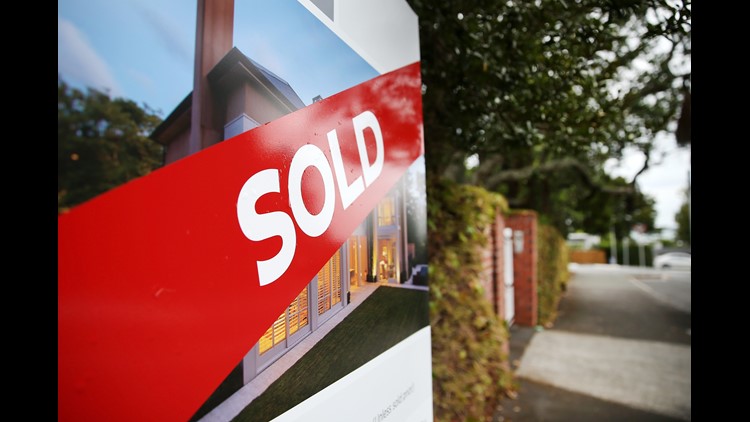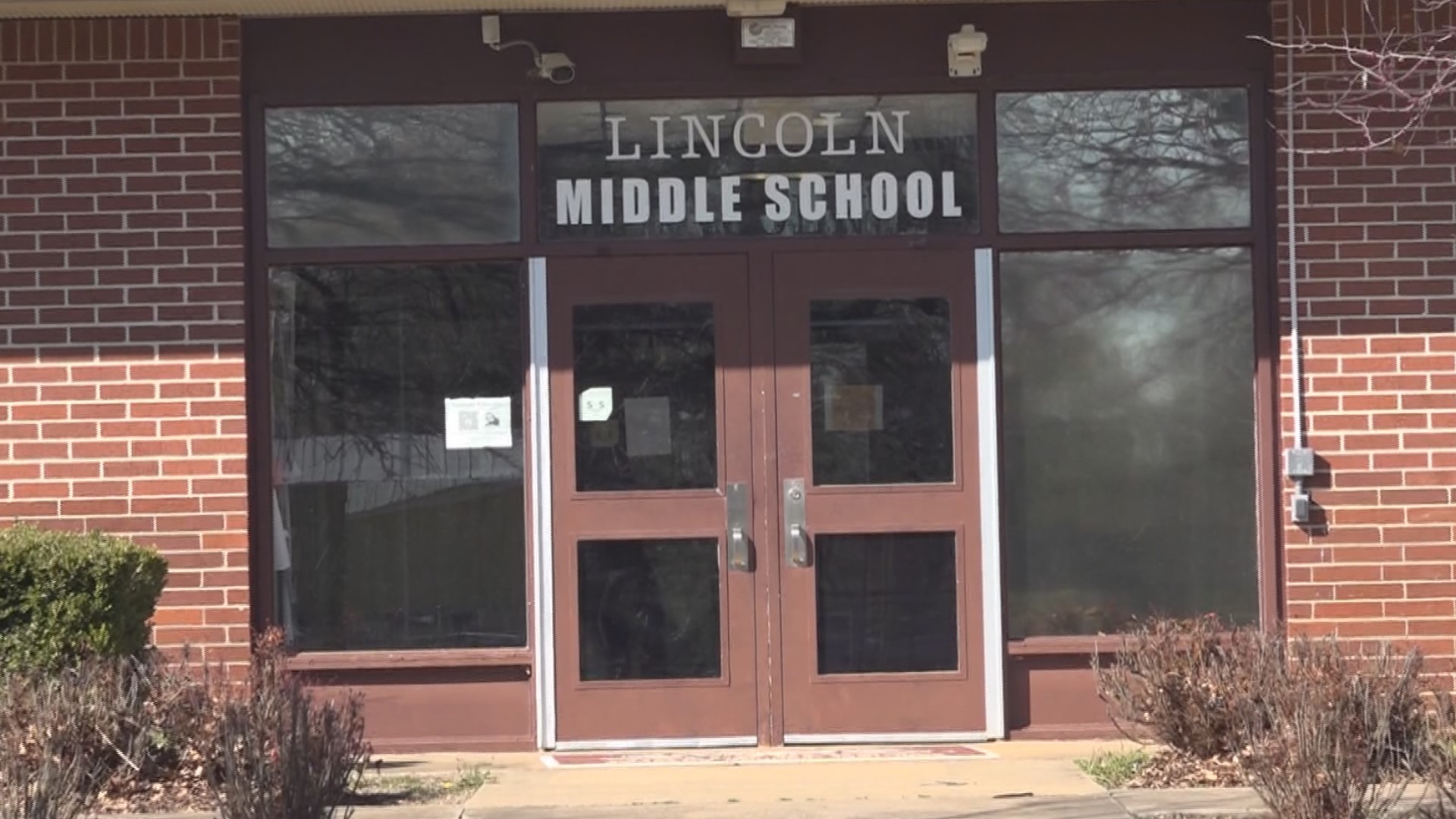Now that the outcome of Super Bowl LI has been determined, many Americans will start mulling a different question: What’s in store for the U.S. housing market this year?
The Super Bowl traditionally kicks off the spring home-buying season, when listings and sales activity begin to ramp up. If you’re hoping to sell your home this year, take heart in the fact that prices of existing homes are expected to climb again in 2017 — albeit at a slower rate than in recent years owing to higher mortgage interest rates and an eventual uptick in inventory.
The National Association of Realtors (NAR) is forecasting a nearly 4 percent year-over-year increase in existing-home prices in 2017, with some markets enjoying even stronger growth. In 2015 and 2016, they rose by slightly more than 5 percent and nearly 7 percent, respectively, on the national level.
“I would characterize 2017 as another good year for housing — not great or robust, just a decent year for housing,” said Lawrence Yun, the NAR’s chief economist.
While homebuilding activity has picked up lately, many markets still suffer from a supply-demand imbalance. Since the housing recovery began, the supply of available homes for sale has remained tight, largely because of below-normal levels of homebuilding.
The supply of homes for sale is also lean because investors, large and small, snapped up large numbers of foreclosed homes early in the recovery aiming to convert them into rental properties. Not surprisingly, many of those investors haven’t been eager to unload those properties given the eye-popping increases in rents in many markets.
In December, the inventory of existing homes for sale was 1.65 million, the lowest since the NAR began tracking supply in 1999. On a year-over-year basis, housing inventory declined by more than 6 percent in December, bring it to a 3.6-month supply.
That means it would take less than four months to exhaust the homes on the market at the then-current sales pace. A six-month supply is generally considered a market that’s balanced between supply and demand.
Last year, homebuilding finally picked up, and it’s expected to remain elevated in 2017. Nonetheless, the supply of new homes hitting the market isn’t yet enough to meet demand, according to Yun.
“Because we still have a housing shortage, that nearly guarantees a continued increase in home values” in 2017, he said.
Some 59 million Americans (one in four) are considering buying a home this year, according to a recent survey by Bankrate.com. That figure includes about 16 million who say they’re “very likely” to buy a home and 20 million who are “somewhat likely.”
Older millennials (defined as between 27 and 36 years old) and Gen Xers (ages 37-52) are the generations most inclined to buy a home this year, according to the survey. First-time buyers are typically in their late 20s or early 30s, but millennials in their young-adult years have been slow to take the plunge into home ownership because of high levels of student loan debt. Now they appear to be coming around to the idea, thanks to a steadily improving job market.
“Job creation seems to be pretty robust, and that would advocate for a strong home-buying season,” said Holden Lewis, a senior mortgage analyst at Bankrate.com.
Of course, some markets will fare better than others. Florida, where job growth has kicked into high gear, and parts of the Rocky Mountain states — including Denver, Salt Lake City and Boise, Idaho — are likely to outperform the rest of the country in terms of home-price appreciation, according to Yun.
“In the Rocky Mountain states, we’re seeing much faster job growth [than in the rest of the country] combined with a continuing housing shortage,” he explained.
In Denver, strong employment and a scant housing supply fueled a nearly 10 percent increase in the median price of existing single-family homes sold in the third quarter of last year on a year-over-year basis.
In New England, the outlook isn’t nearly as rosy. While Boston’s housing market is expected to remain robust this year, other parts of the region, including Connecticut and Vermont, are likely to see sluggish increases in home prices owing to relatively slow job growth and plentiful housing inventory, said Yun.
This year’s laggards, he said, will also include North Dakota and Louisiana, where low oil prices have led to widespread job losses.
Nationwide, slightly higher mortgage rates are expected to put a crimp in housing demand, contributing less-vigorous levels of price growth than in previous years. Interest rates are still near historical lows, but they’ve risen since the presidential election in anticipation of stronger economic growth and a possible higher federal budget deficit under the Trump administration.
Rising economic growth is likely to lead to further rate hikes by the Federal Reserve. In addition, a larger budget deficit is likely to put upward pressure on interest rates overall by forcing the federal government to offer higher rates on its debt.
Last week, the benchmark 30-year fixed mortgage inched up to 4.33 percent, according to Bankrate.com’s weekly national survey. In 2016’s fourth quarter, mortgage rates increased nearly every week.
“For the most part, higher interest rates cause people to either swallow hard and pay more [for a house] or look at slightly less expensive houses,” said Lewis of Bankrate.com. “But there are people on the margins that can’t afford to buy any more because of it.”



